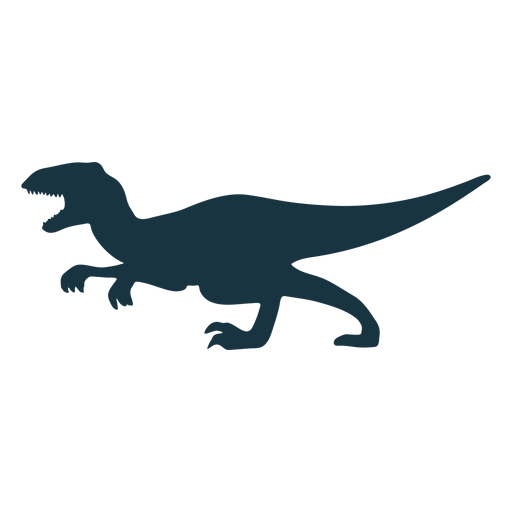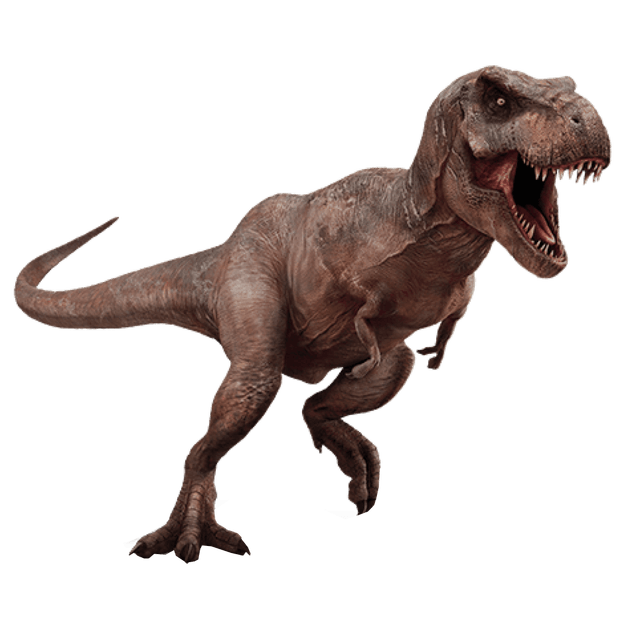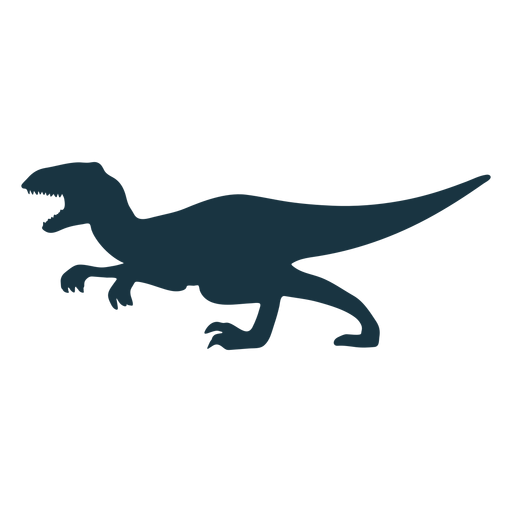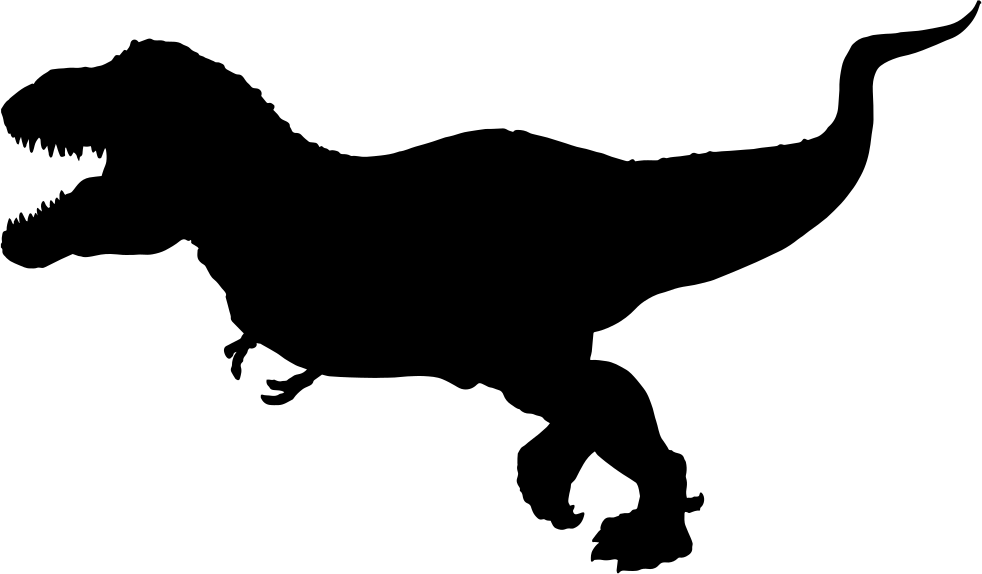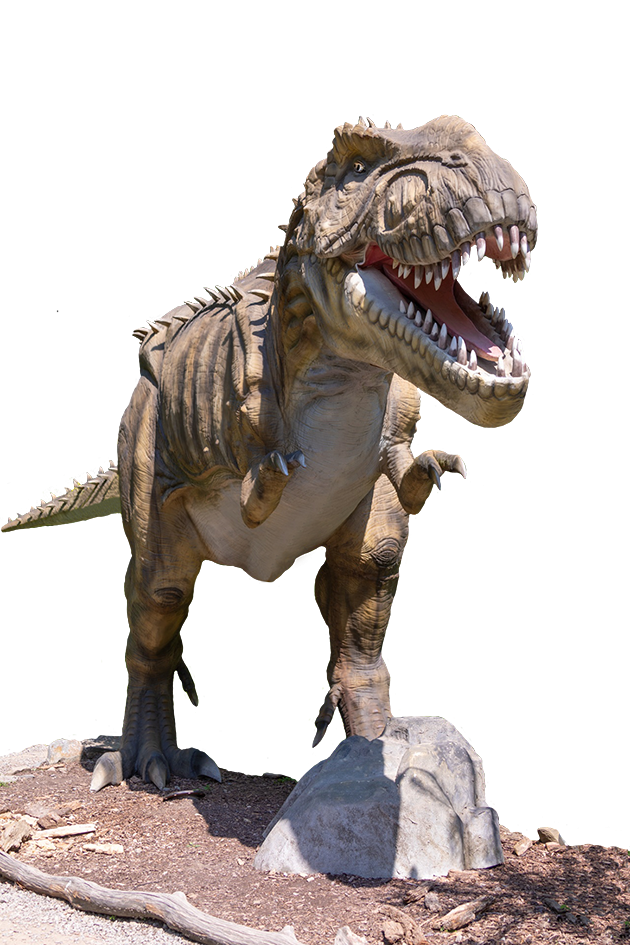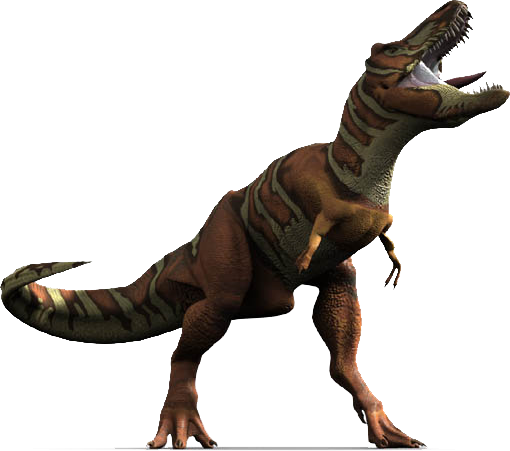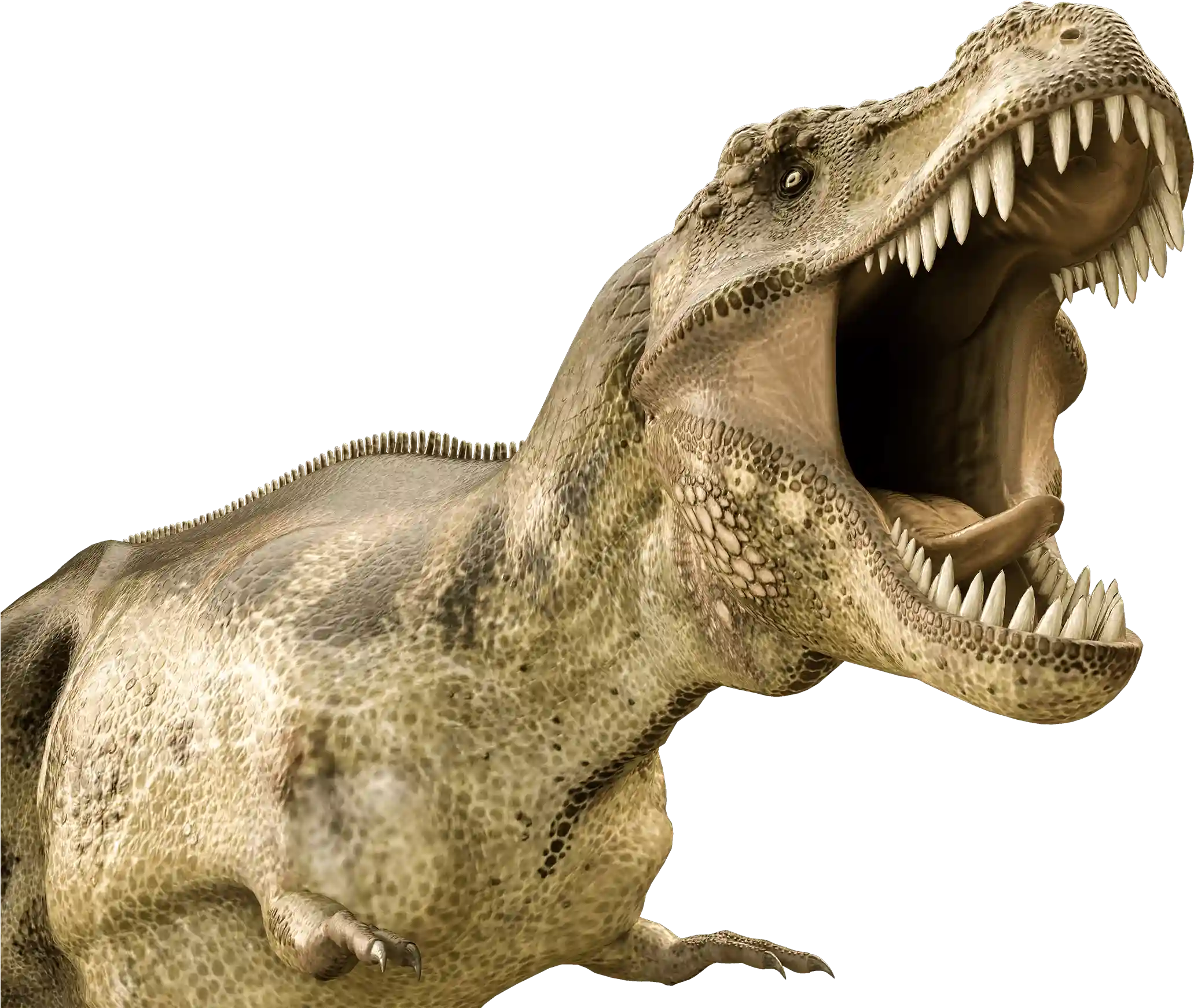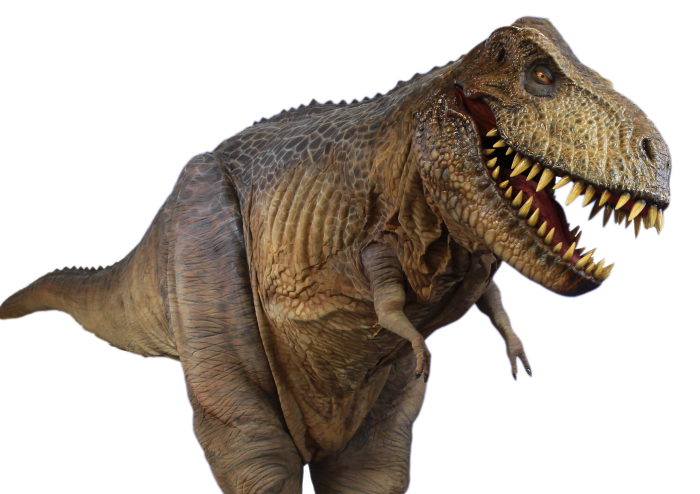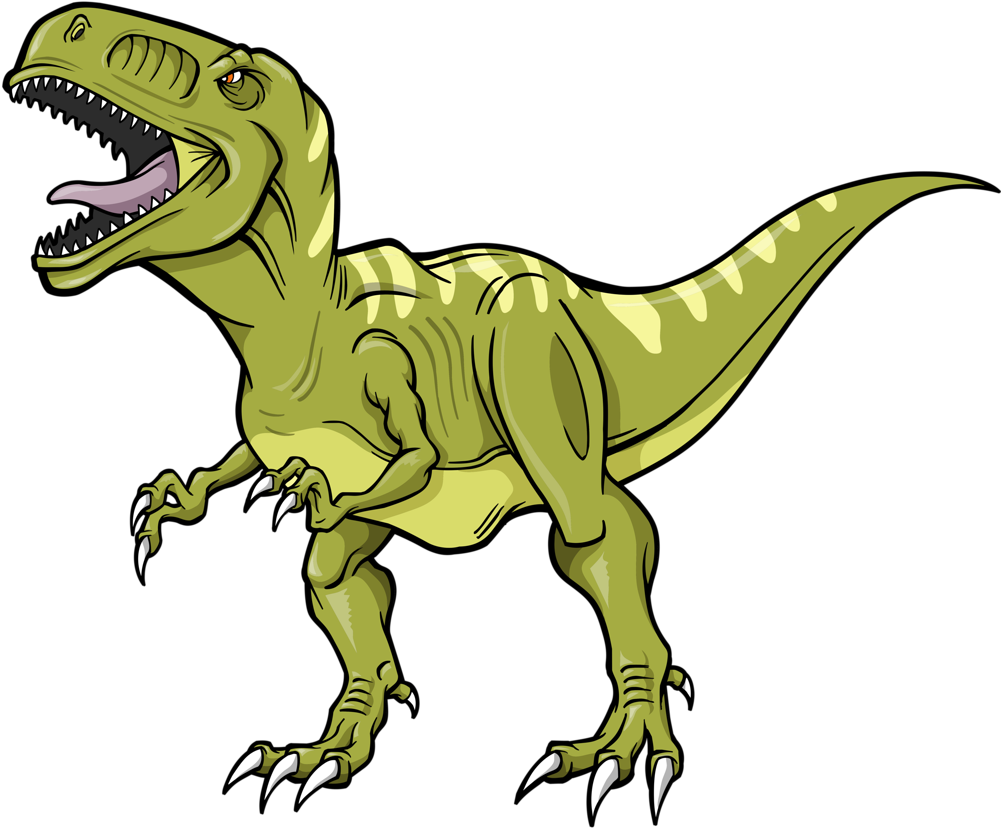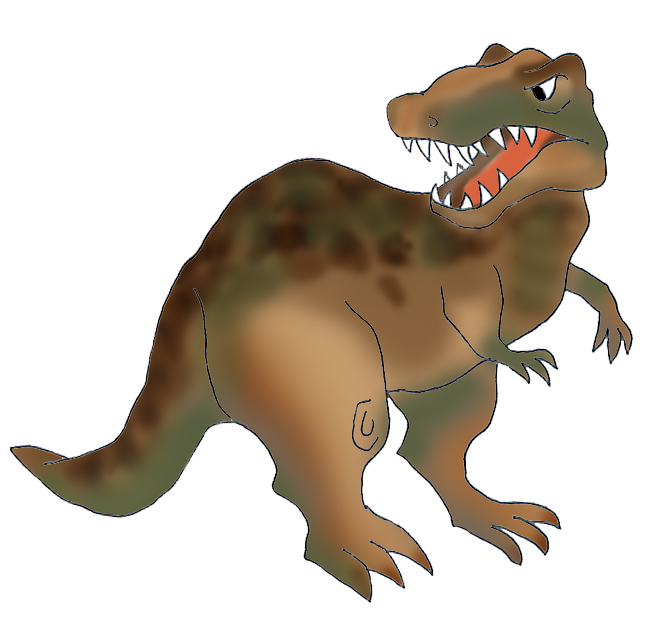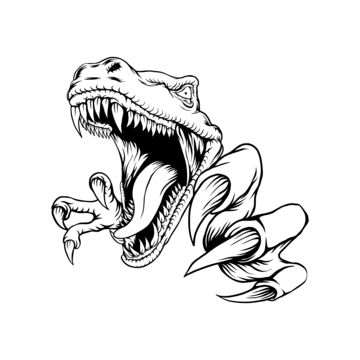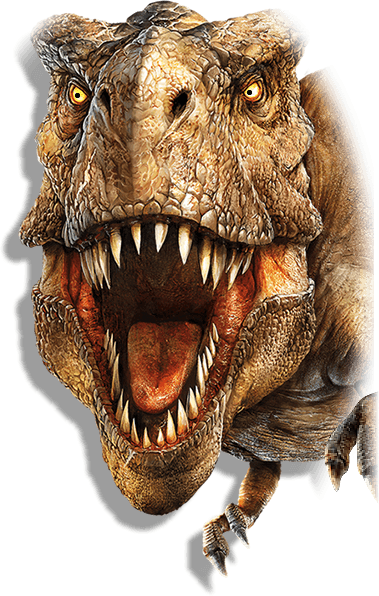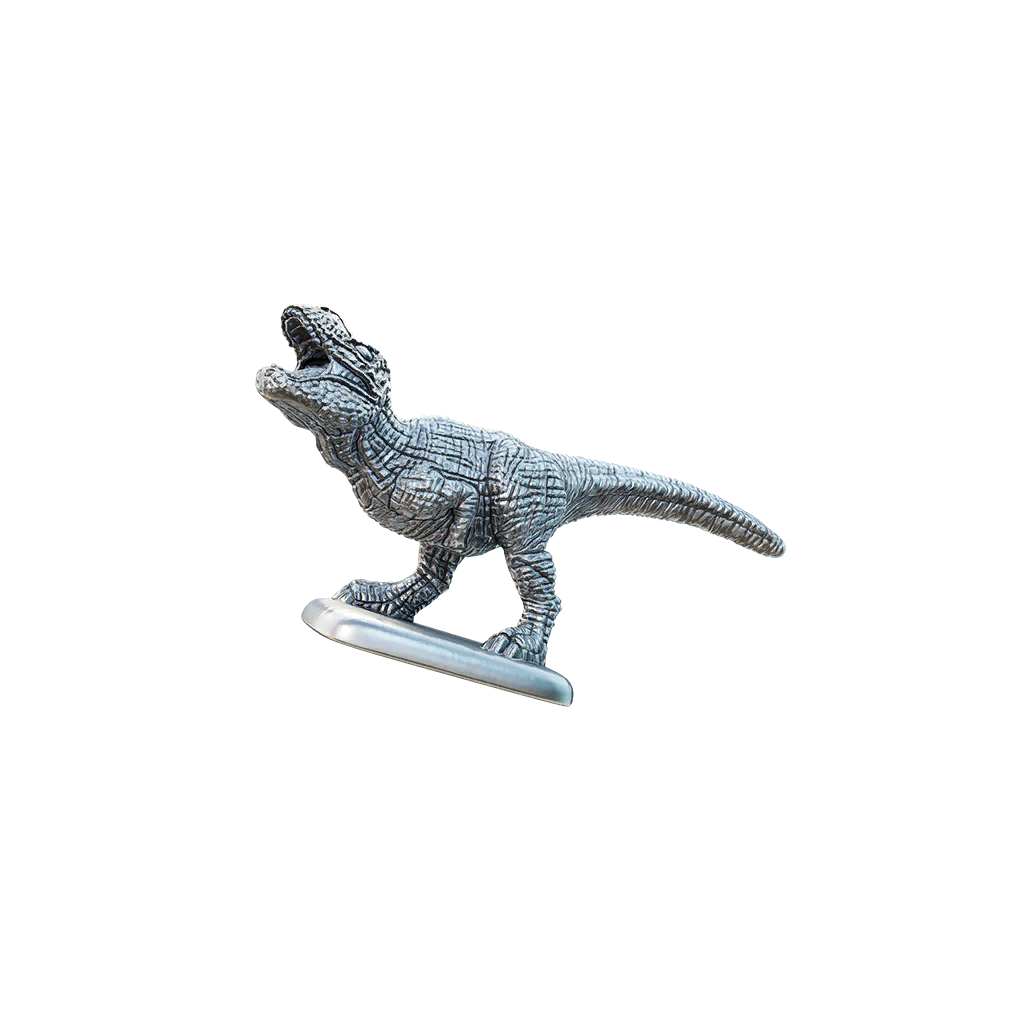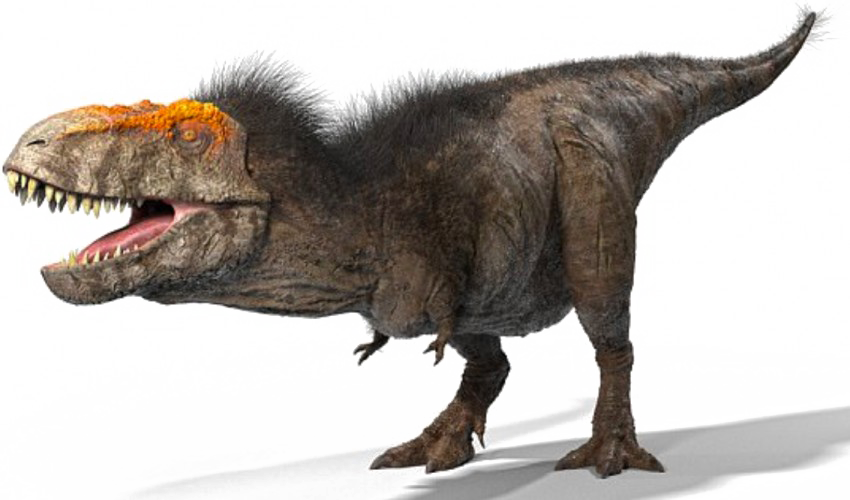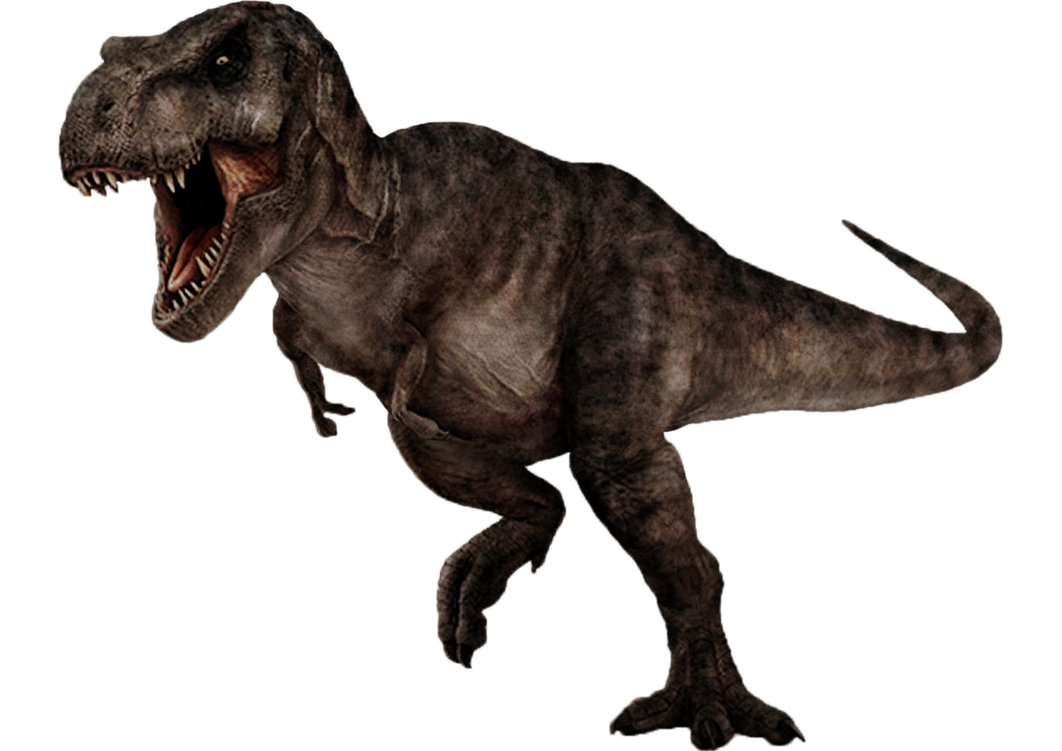Download top and best high-quality free T-Rex PNG Transparent Images backgrounds available in various sizes. To view the full PNG size resolution click on any of the below image thumbnail.
License Info: Creative Commons 4.0 BY-NC
T-Rex, short for Tyrannosaurus Rex, is one of the most iconic dinosaurs to have ever roamed the earth. Its name translates to “tyrant lizard king,” and rightfully so considering its massive size, sharp teeth, and powerful jaws. This carnivorous dinosaur lived during the Late Cretaceous period, approximately 68 to 66 million years ago, and is one of the last dinosaur species to have existed before the mass extinction that wiped out all non-avian dinosaurs.
Physical Characteristics
T-Rex was a huge predator that measured up to 40 feet long and weighed up to 9 tons, making it one of the largest meat-eating dinosaurs of all time. It had a massive head, powerful neck, and small arms with only two fingers. However, its legs were long and muscular, allowing it to run at high speeds.
One of T-Rex’s most recognizable features is its large, serrated teeth. The dinosaur had around 50 to 60 razor-sharp teeth, which were constantly shed and replaced throughout its life. These teeth, combined with its powerful jaws, allowed T-Rex to bite down with a force of over 8,000 pounds per square inch – strong enough to crush a car.
Habitat and Diet
T-Rex lived in what is now North America, particularly in the western United States. During the Late Cretaceous period, this region was a sub-tropical environment with forests, swamps, and rivers, making it the perfect habitat for a large predator like T-Rex.
As a carnivorous dinosaur, T-Rex primarily fed on other dinosaurs, such as triceratops and hadrosaurs. It would use its powerful bite to crush bones and tear flesh, making it one of the most efficient hunters of its time. Scientists also believe that T-Rex may have been a scavenger, feeding on the remains of dead animals when other food sources were scarce.
Behavior
Despite its reputation as a vicious predator, scientists believe that T-Rex may have had a more complex social life than previously thought. Fossil evidence has shown that some T-Rex individuals sustained injuries that would have been fatal without help from other members of their species.
Additionally, some scientists theorize that T-Rex may have hunted in packs. Although no direct evidence of this has been found, some fossils suggest that T-Rex individuals of varying ages and sizes may have hunted and fed together, much like modern-day wolves or lions.
Extinction
T-Rex, along with all non-avian dinosaurs, went extinct at the end of the Cretaceous period, around 66 million years ago. Scientists believe that the cause of this mass extinction was a massive asteroid impact that caused widespread devastation and climate change. However, some animal and plant species managed to survive and evolve into the animals we know today.
The Legacy of T-Rex
Despite having gone extinct millions of years ago, T-Rex continues to capture the imagination of people around the world. Its iconic image has been used in movies, books, and on clothing and merchandise. It has also become a symbol of the ancient world and a reminder of the incredible diversity of life that once existed on earth.
As scientists continue to study T-Rex and other dinosaurs, we gain a better understanding of the world that existed long before humans appeared. T-Rex may have been a fierce predator, but it was also part of a complex and interconnected ecosystem that we are still trying to unravel.
T-Rex was a remarkable animal that dominated the Late Cretaceous period. Its massive size, sharp teeth, and powerful jaws made it one of the most effective predators of all time. Despite having gone extinct millions of years ago, T-Rex continues to captivate us with its fearsome image and unique place in history.
Download T-Rex PNG images transparent gallery
- T Rex PNG Pic
Resolution: 512 × 512
Size: 23 KB
Image Format: .png
Download
- T Rex PNG Picture
Resolution: 624 × 624
Size: 89 KB
Image Format: .png
Download
- T Rex PNG
Resolution: 512 × 512
Size: 23 KB
Image Format: .png
Download
- T Rex Transparent
Resolution: 982 × 574
Size: 33 KB
Image Format: .png
Download
- T Rex
Resolution: 280 × 234
Size: 8 KB
Image Format: .png
Download
- T Rex Background PNG
Resolution: 630 × 945
Size: 749 KB
Image Format: .png
Download
- T Rex No Background
Resolution: 510 × 451
Size: 138 KB
Image Format: .png
Download
- T Rex PNG Background
Resolution: 2063 × 1742
Size: 132 KB
Image Format: .webp
Download
- T Rex PNG Clipart
Resolution: 700 × 494
Size: 396 KB
Image Format: .png
Download
- T Rex PNG Cutout
Resolution: 1280 × 797
Size: 67 KB
Image Format: .png
Download
- T Rex PNG File
Resolution: 2400 × 1434
Size: 28 KB
Image Format: .png
Download
- T Rex PNG Free Image
Resolution: 1001 × 828
Size: 233 KB
Image Format: .png
Download
- T Rex PNG HD Image
Resolution: 960 × 366
Size: 23 KB
Image Format: .png
Download
- T Rex PNG Image File
Resolution: 665 × 625
Size: 233 KB
Image Format: .png
Download
- T Rex PNG Image HD
Resolution: 360 × 360
Size: 16 KB
Image Format: .png
Download
- T Rex PNG Image
Resolution: 379 × 596
Size: 185 KB
Image Format: .png
Download
- T Rex PNG Images HD
Resolution: 1024 × 1024
Size: 104 KB
Image Format: .png
Download
- T Rex PNG Images
Resolution: 850 × 500
Size: 400 KB
Image Format: .png
Download
- T Rex PNG Photo
Resolution: 1301 × 580
Size: 8 KB
Image Format: .png
Download
- T Rex PNG Photos
Resolution: 1062 × 751
Size: 545 KB
Image Format: .png
Download
